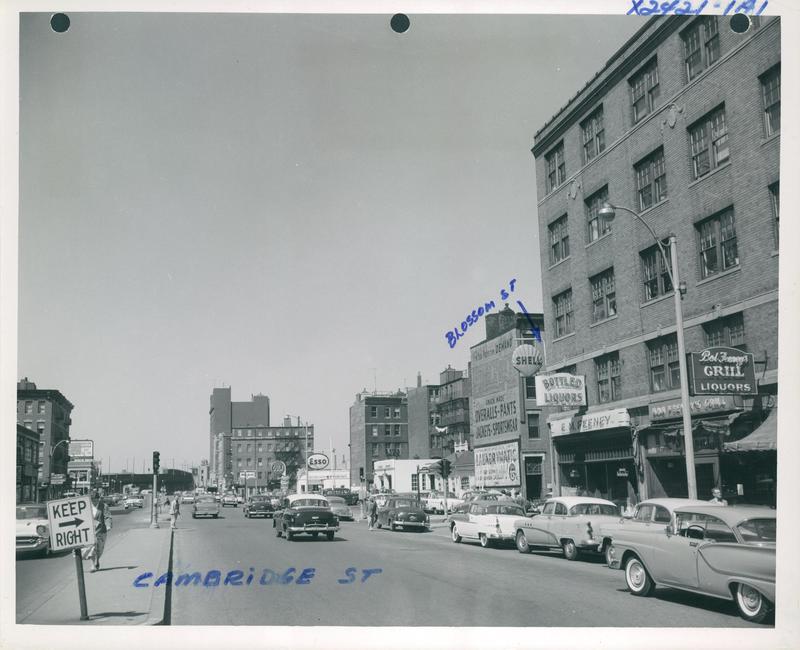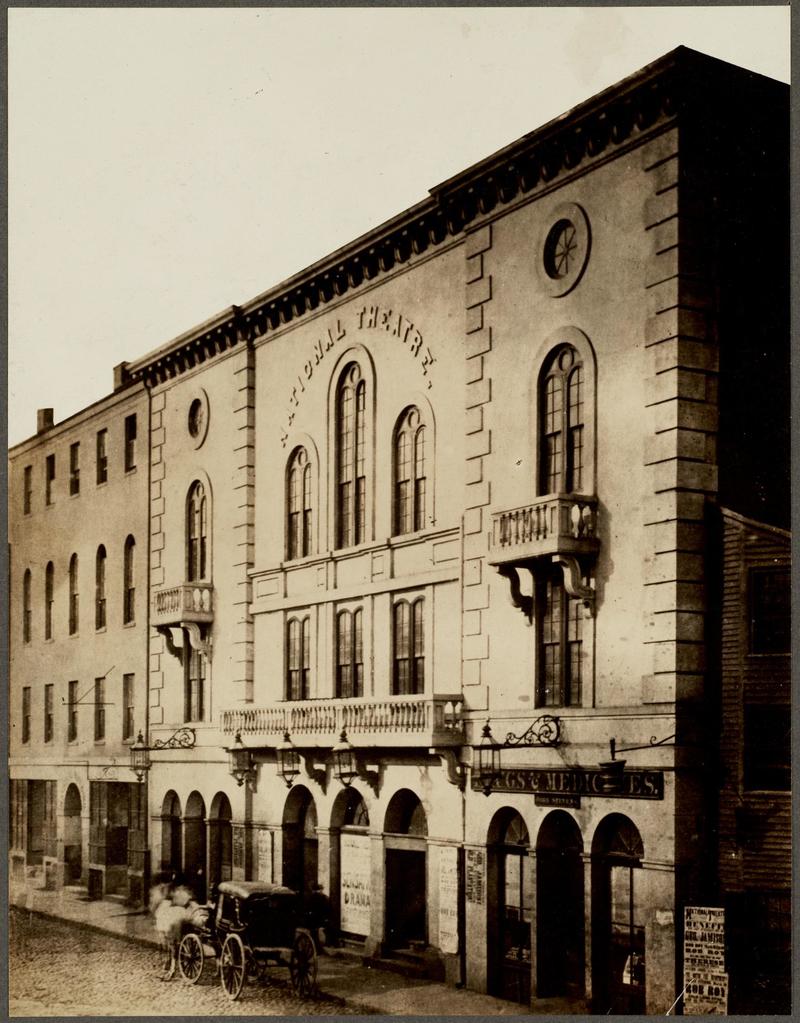The West End: Slum or bustling urban neighborhood?
What characteristics do you think of when you hear the word "slum"? Deteriorated infrastructure? Closely packed?
By Noah Cabral
Does the photo above depict a slum or does it depict a bustling urban neighborhood?
Looking at the images above, reflect on how you would identify a slum versus an urban center. The photograph above is from the West End prior to the neighborhood’s demolition, which proponents defended as urban renewal. The photo shows Cambridge Street looking northwest to Blossom Street around 1958.
What makes an area a slum? The people who occupy it? Can studying the urban renewal of the West End inform how we approach current housing issues in Boston?
Seventy years ago, the United States Congress passed an important piece of legislation that greatly affected cities across the country, including Boston. The Housing Act of 1949 contained five important provisions, but the most central was “Title I - Slum Clearance and Community Development and Redevelopment.” This legislation authorized federal advances, loans, and grants to localities to assist slum clearance and urban redevelopment. Title I authorized $1 billion in loans to help cities acquire slums and blighted land for public or private redevelopment. The Housing Act significantly changed the City of Boston.
Have you ever heard of the National Theatre, the Revere House hotel, or Old West Church?
Each of these were prominent buildings in the West End prior to the demolition of the neighborhood between 1958 and 1960. The Old West Church is still standing, however, all neighboring buildings were demolished. Leading up to the demolition of the neighborhood, residents of the West End and other neighborhoods were persuaded into believing that the West End was a slum. State Rep. Byron Rushing states, “Working-class residents of the West End were encouraged to view their neighborhood as a slum, and that this message was promoted via comic books distributed to public school children, among other methods.” The campaign to promote the West End as a slum was a success and part of it was due to West Enders not having the political capital to advocate for their neighborhood over City planners and developers. Tragically on April 25, 1958, residents of the West End received eviction notices from the Boston Housing Authority. The demolition process began not long after.
Today, Boston along with cities across the nation are facing a housing crisis. According to Northeastern professor Alicia Sasser Modestino, in Boston “there are not enough homes to go around for everyone; homelessness is on the rise, and modern zoning practices continue to perpetuate racial and economic segregation.” As Boston addresses the current housing crisis, we can look to the history of urban renewal to inform our decisions. The history of urban renewal in the West End shows the importance of listening to residents of a neighborhood when creating and implementing policies that directly impact the community.
Further Reading:- The Housing Act of 1949
- "The Beginning of the End: The Housing Act of 1949" from The West End Museum
- Major Legislation on Housing and Urban Development Enacted Since 1932 from the US Department of Housing and Urban Development
- "The Housing Crisis in Massachusetts Today" from News@Northeastern
- "Urban Renewal Today and in the Past" from The Bay State Banner
This post was written by Noah Cabral, a student in the History 380 (Fieldwork) Class at Simmons University. For more information about this class's work studying the history of the West End, see our introductory post to this blog series.



